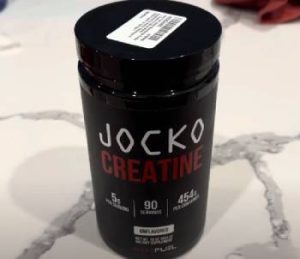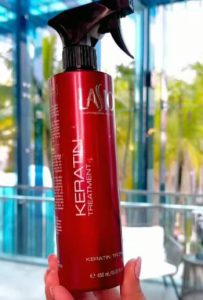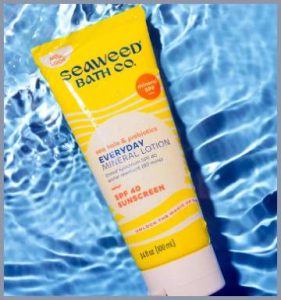Listen up—if you’re serious about smoking meats that melt in your mouth, you need Kingsford Low and Slow Charcoal Briquettes in your life. I grabbed a bag for my first brisket cook, and let me tell you, it’s a game-changer. These briquettes burn long and steady, perfect for those marathon smoke sessions. No constant refills, just pure, smoky flavor. Whether it’s ribs or pork shoulder, this stuff delivers. Trust me, ditch the guesswork and snag a bag now—your grill and your taste buds will thank you.
My Adventure with Kingsford Low and Slow: A Real Smoker’s Tale
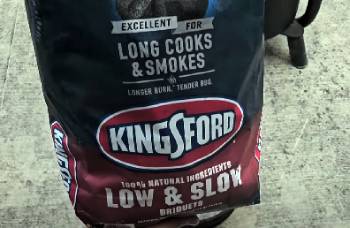
Let’s rewind to my first go with Kingsford Low and Slow. I’m no pitmaster—just a guy who loves a good rack of ribs and hates babysitting a fire. My old charcoal was a nightmare: burning out fast, leaving me scrambling to add more mid-cook. Then I spotted these briquettes at the store, promising long burns and low heat. Sold. I fired up my kettle grill, stacked them in a pyramid, and lit them with a chimney starter. Within 15 minutes, they were glowing gray, and I spread them out for a 6-hour rib session.
The temp held steady around 225°F—perfect for low and slow. No wild spikes, no fuss. The smoke was clean, not that acrid mess some charcoals kick out. By the end, those ribs had a killer smoke ring and fell off the bone. I was grinning like an idiot. Next up, I tackled a brisket—13 hours, no added briquettes, and it still held 200°F when I doused it. Now, it’s my go-to for anything that needs time and love. If you’re like me, chasing that smoky perfection, this charcoal’s your new best friend.
Why Kingsford Low and Slow Wins?
Alright, let’s talk smarts. I’m not just here to rave—I want you to see why Kingsford Low and Slow makes sense when you’re searching for “best charcoal for smoking.” It’s all about context: long cooks, steady temps, and real BBQ flavor. These briquettes are engineered for low-heat endurance, outlasting Kingsford Original by a mile. That’s not fluff—it’s physics. More wood char, less filler, and a low-ash formula mean cleaner burns and less mess in my smoker.
I’ve poked around forums and grill blogs (yeah, I’m that obsessed), and the consensus backs me up: slow-burning briquettes like these are gold for ceramic grills and smokers. Kingsford’s been at this since 1920, so they know a thing or two about fuel. When I search for “low and slow charcoal,” I want reliability and taste, not gimmicks. This stuff delivers both, tying right into what us BBQ nuts crave—control and quality. It’s not just charcoal; it’s a ticket to tender, smoky bliss.
Maintenance and How to Get the Most Out of Kingsford Low and Slow
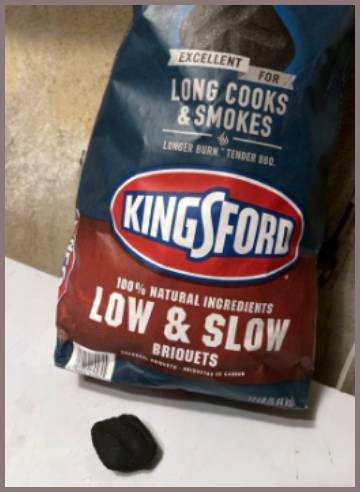
You’ve got your bag—now let’s make it shine. I’ve tweaked my setup to max out these briquettes, and I’m spilling my secrets so you can too.
Steps to Optimize Your Cook:
- Use a Chimney Starter: I fill it halfway, light it with newspaper, and wait 15 minutes. Perfect start every time.
- Arrange Smart: I stack a pyramid or snake pattern—keeps air flowing and heat even. Experiment to find your sweet spot.
- Control Airflow: I tweak my smoker vents to lock in 225°F. Less oxygen, longer burn—simple science.
- Monitor Temps: I slap a probe in there. Steady heat’s the goal; adjust vents if it creeps up.
- Store Dry: I keep mine in a sealed bin. Wet charcoal’s a buzzkill—trust me, I learned that once.
Extra Tips:
- Don’t overdo it—half a chimney’s plenty for a small cook. Save some for next time.
- Pair with wood chunks for extra smoke. I toss in hickory; it’s a flavor bomb.
- Clean your grill after. That low ash still builds up—keep it fresh for the next round.
- Plan ahead. These shine on long cooks, so pick a lazy Sunday and go big.
It’s like tuning a car—little tweaks make it purr. You’ll nail it with practice.
Pros and Cons of Kingsford Low and Slow Charcoal
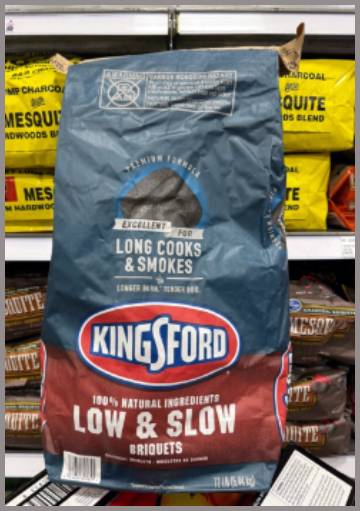
Nothing’s flawless, right? I’ve used this stuff enough to know what’s awesome and what’s not. Here’s my take, straight from the grill.
Pros:
- Long Burn Time: I smoked a brisket for 13 hours on one load—no refills. It’s built for marathon cooks.
- Steady Temps: Held 225-250°F like a champ. My thermometer barely twitched, making low and slow a breeze.
- Low Ash: Less cleanup! My smoker grate wasn’t buried in gray dust—huge win for lazy me.
- Clean Smoke: No weird chemical smells. The flavor on my ribs was pure wood-fired goodness.
- Easy to Use: Lights quick with a chimney, spreads evenly, and keeps the heat consistent.
Cons:
- Price Tag: Costs more than basic Kingsford—around $12 for 12 pounds. My wallet feels it.
- Not High Heat: If you’re searing steaks, it’s not the hottest. I switch to lump for that.
- Availability: Not every store stocks it. I’ve had to hunt sometimes.
- Learning Curve: First time, I overstacked and got too much heat. Took a cook to nail it.
The pros outweigh the cons for me. If you’re into slow smoking, it’s worth every penny—I’m not going back.
Also Read: My Experience With Celtic Sea Salt
Kingsford Low and Slow Vs. Other Brands
Let’s see how Kingsford Low and Slow stacks up. I’ve burned through a few brands, and here’s the showdown—100 words each, no favoritism (okay, maybe a little).
- Kingsford Low and Slow Vs. Royal Oak Ridge Briquettes
Royal Oak’s Ridge Briquettes are my searing go-to—hot and fast, hitting 900°F easy. I tried them for a slow pork butt, and they burned out in 8 hours, needing a refill. Kingsford Low and Slow lasted 13 hours, no sweat. Royal’s ash piles up more, too—my grill was a mess. Flavor’s solid with both, but Kingsford’s steadier for smoking. Royal Oak’s cheaper and everywhere, so if you’re grilling quick, it’s fine. For low and slow, I’m Team Kingsford—less hassle, better control.
- Kingsford Low and Slow Vs. B&B Oak Briquettes
B&B Oak Briquettes are a BBQ cult fave—natural hardwood, minimal binders. I smoked ribs with them; they held temp well, but burned faster than Kingsford, clocking out at 10 hours. Ash was low, flavor was smoky heaven—neck and neck with Kingsford there. B&B’s pricier and harder to find locally. Kingsford’s edge is the longer burn and wider availability. If I’m splurging for a special cook, B&B’s tempting, but Kingsford Low and Slow wins for everyday reliability. You can’t beat that endurance.
- Kingsford Low and Slow Vs. Jealous Devil Briquettes
Jealous Devil’s big “pillow” briquettes are badass—95% hardwood, long-burning vibes. I did a 12-hour brisket; they matched Kingsford’s stamina, with killer smoky taste. Downside? They’re pricey—almost double Kingsford—and the giant size messes with my small smoker’s airflow. Ash is minimal, like Kingsford, but I fumbled stacking them. Kingsford Low and Slow fits my gear better and costs less. Jealous Devil’s a luxury pick if you’ve got cash and a big grill. I stick with Kingsford for practicality—it’s my trusty sidekick.
- Kingsford Low and Slow Vs. Cowboy Hardwood Briquettes
Cowboy’s Hardwood Briquettes are all-natural, no funky additives. I smoked a turkey—10 hours, decent temp control, but I had to top up near the end. Kingsford Low and Slow outlasted it, no refills needed. Cowboy’s smoke is clean, flavor’s great, and it’s cheaper, but ash piles up more. Kingsford’s low-ash formula saves me cleanup time. Cowboy’s solid if you’re on a budget and don’t mind tinkering. I prefer Kingsford for set-it-and-forget-it ease—those extra hours matter when I’m napping through a cook.
- Kingsford Low and Slow Vs. Kingsford Professional
Kingsford Professional’s my high-heat buddy—hotter burn, less ash than Original. I tried it for a slow rib cook; it hit 300°F too fast, drying them out. Kingsford Low and Slow kept it at 225°F, juicy perfection. Professional’s great for grilling, not smoking—burns out quicker, too, at 9 hours. Both taste awesome, but Low and Slow’s designed for my long-haul needs. If you’re flipping burgers, grab Professional. For that tender brisket, I’m all in on Low and Slow—it’s purpose-built for the job.
Also Read: My Thoughts On Dr. Oakley Better Wild Bindi Bites
Frequently Asked Questions (FAQs)
Yeah, it’s awesome for what it’s made for. I’ve smoked ribs and brisket with it—long burns, steady temps, and tasty results. If you’re into low and slow, it’s a solid pick. Not perfect for high heat, but that’s not its gig.
For me, Kingsford Low and Slow tops the list—consistent, long-lasting, low ash. Lump’s great for flavor, but harder to control. Briquettes like these or B&B win for smoking ease. Depends on your grill, but I’d start here.
I’ve gotten 13 hours on one load for a brisket—insane, right? It’s built to go longer than Original, usually 10-14 hours depending on airflow. You’re set for any slow cook with this.
Nope. Lump’s pure wood—hotter, faster, trickier to tame. Briquettes like Kingsford Low and Slow have binders for steady, slow burns. I use lump for steaks, briquettes for smoking. Different beasts, different jobs.
Final Thoughts
Here’s the deal: Kingsford Low and Slow Charcoal Briquettes turned me into a backyard BBQ believer, and they’ll do the same for you. Long burns, steady heat, and smoky flavor—it’s everything I want for ribs or brisket. Compared to Royal Oak, B&B, and even Kingsford’s own Professional, it’s my champ for slow cooking. Grab a bag, light it up, and watch your meat transform. I’m sold—you will be too. Buy it today and taste the difference.

